Make Money Selling Your Photos Online: 10 Best Platforms

In a world where every snapshot tells a story, turning your photography into profit can feel like discovering a hidden art form. Whether you're a seasoned professional or a hobbyist looking to earn extra income, choosing the right platform to sell your photos is the key to unlocking your creative potential.
With countless opportunities available, finding the perfect match for your style and goals can elevate your work—and your earnings. In this guide, we’ll break down our list of top platforms that can help you showcase your talent, reach a global audience, and start making money from your photography in no time.
Tips and Practices for Selling Photos Online
To maximize your success selling photographs online, you must follow best practices in photography and marketing.
Image Quality

High-resolution images are crucial for attracting buyers and ensuring your photos stand out in a competitive market. To increase your chances of selling, make sure your photos are not only sharp but also well-lit and composed with intention.
High-quality images with crisp details and vibrant colors are more appealing and can command higher prices. Utilize editing software like Adobe Lightroom to enhance your photos by adjusting exposure, contrast, and sharpness, while also removing any imperfections or distractions.
This attention to detail can significantly elevate the professionalism of your work, making it more likely to catch the eye of potential buyers and meet the standards of various stock photography platforms.
Keyword Research
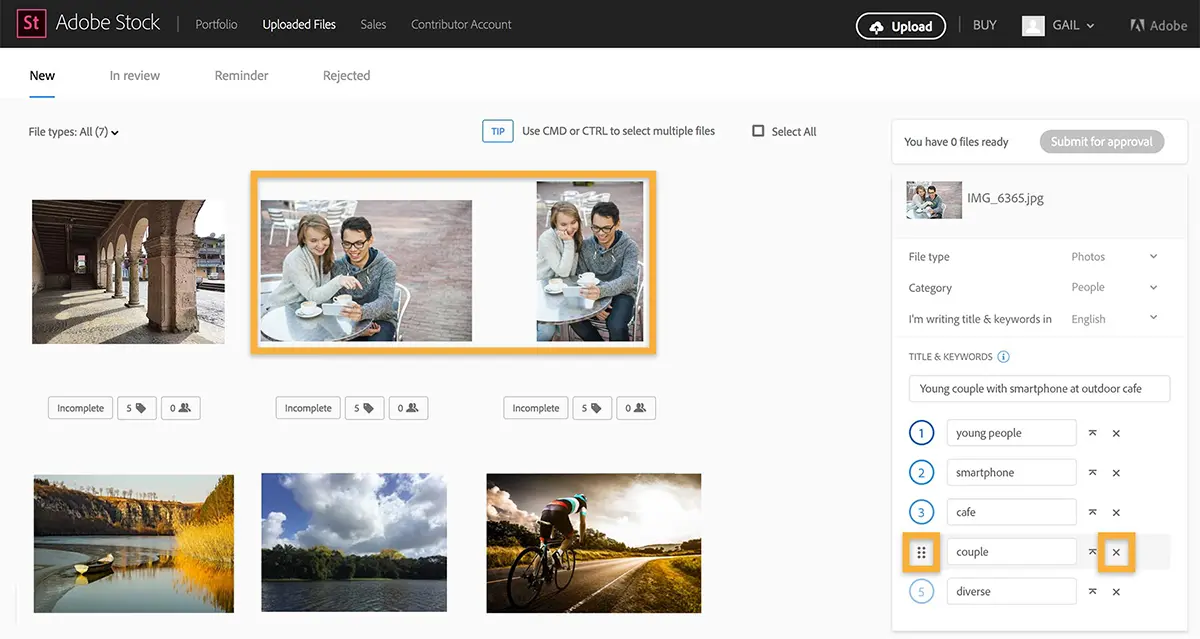
Keywords play a vital role in ensuring your photos are easily discoverable by potential buyers. By leveraging tools like Shutterstock's Keyword Tool or Adobe Stock's keyword suggestions, you can identify relevant and popular search terms that align with what buyers are actively looking for.
Incorporate accurate and descriptive keywords into your photo metadata, this will not only enhance your image's visibility but also increase its chances of appearing in relevant searches.
Effective keyword usage involves thinking like a buyer and choosing terms that reflect the content, style, and themes of your photos. By doing this approach, you can significantly boost your photo's reach which will lead to more views and higher sales.
Metadata
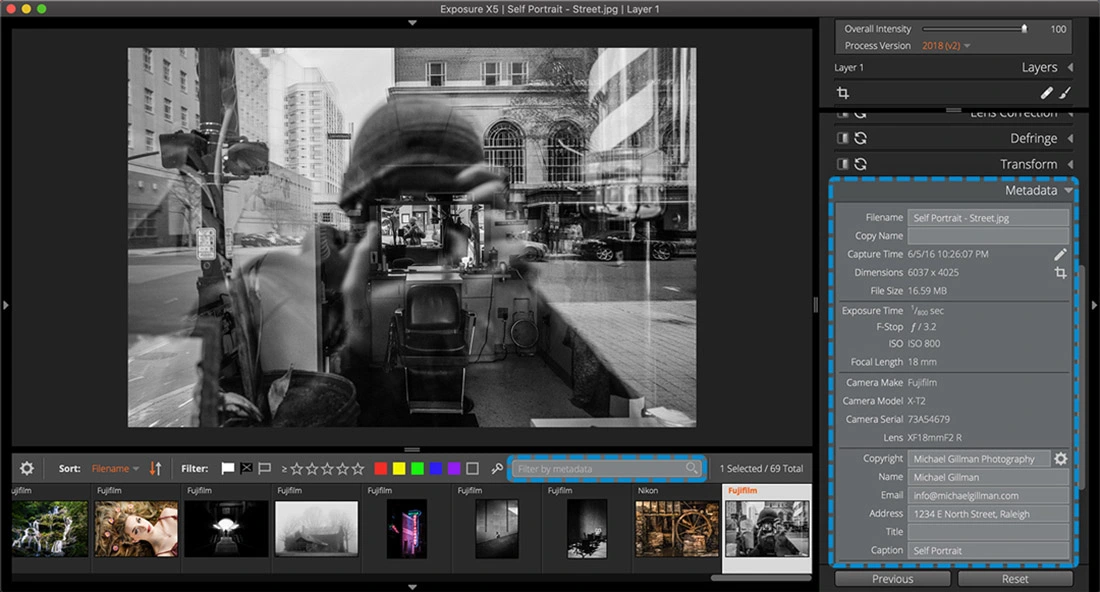
Metadata plays a significant role in making your photos easily searchable and accessible to potential buyers. It encompasses titles, descriptions, and tags, which work together to categorize and identify your images accurately.
Crafting thoughtful metadata involves providing clear, descriptive titles and concise descriptions that highlight the key aspects and unique features of your photos. Tags should be relevant and specific, avoiding overuse of keywords as it can lead to keyword stuffing and reduce the effectiveness of your metadata.
Remember, well-structured metadata not only enhances your photos' discoverability in search results but also ensures they appear in the right contexts, ultimately increasing their visibility and chances of attracting buyers.
Licensing
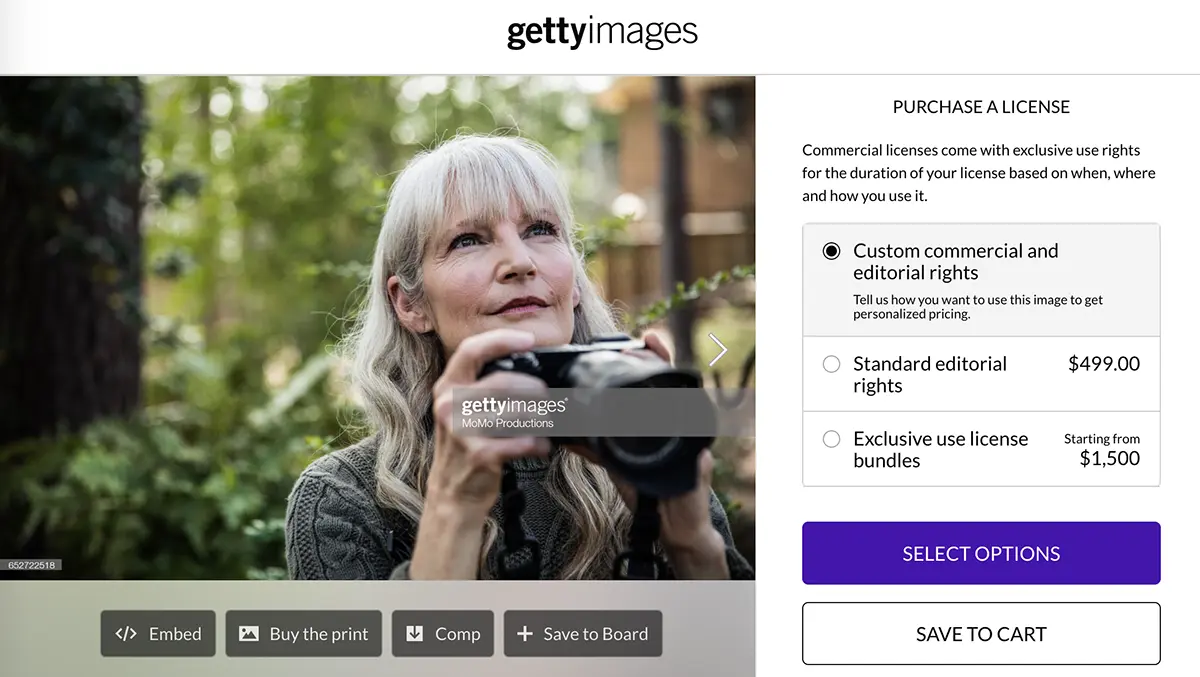
Understanding the different types of licenses is important for increasing the value and reach of your photos.
Royalty-free licenses provide buyers with the flexibility to use the images in various ways without additional costs for each use. This type of license is ideal for maximizing exposure and allowing your photos to be used across multiple projects and platforms, potentially generating more sales.
On the other hand, rights-managed licenses offer more control by restricting usage based on specific terms agreed upon with the buyer. This might include limitations on the duration, geographical area, or medium of use, which can result in higher fees for exclusive or high-profile projects.
Choosing the right license type depends on your sales strategy and goals; if you prefer broad distribution and frequent usage, royalty-free might be the best option, while rights-managed could be more suitable if you aim for premium pricing and controlled usage.
6 Easy Steps to Sell Your Photos
Selling photos online doesn’t have to be complicated. Follow these six easy steps to start making money from your photography.
Step 1: Create an Account
Start by selecting a photography platform that aligns with your style and business objectives. Each platform offers different features and benefits, so select one that aligns with your goals, whether you’re aiming for a wide audience reach or higher commissions.
After making your choice, sign up and create an account by providing all required details, such as your name, contact information, and payment preferences.
Create a compelling profile with a professional bio that highlights your experience, skills, and photographic style. Ensure that your username, profile picture, and overall profile aesthetics are consistent with your personal brand.
A strong, well-branded profile will help enhance your visibility and credibility, making it easier to attract buyers and establish yourself in the marketplace.
Step 2: Upload Your Photos
After your account is all set up, the next step is to upload your photos to the platform. Begin by selecting high-quality images that align with the platform's requirements, including resolution and file format.
Each platform has specific guidelines regarding the technical specifications of your images, so make sure to review and adhere to these standards to ensure your photos are accepted and displayed correctly.
As you upload your images, take the time to organize them into relevant categories or collections if the platform allows. This organization helps buyers easily find and navigate your portfolio. Additionally, provide comprehensive metadata for each photo, including descriptive titles, detailed descriptions, and relevant keywords.
This metadata not only aids in the categorization of your images but also enhances their searchability, making it easier for potential buyers to discover and purchase your work.
Step 3: Optimize Your Photos
Keep in mind that uploading your photos is not a one-time task; regularly optimizing your photos keywords and descriptions for relevancy can help enhance your images’ search ability and performance. These keywords should be incorporated into your image titles, descriptions, and tags to improve their visibility in search results.
Start by conducting thorough keyword research to identify the terms and phrases that are most relevant to your images. Utilize tools such as Google Keyword Planner, Ahrefs, or even the search suggestion features on stock photo websites to find popular and high-ranking keywords.
When writing descriptions, focus on crafting compelling and informative text that highlights the unique features and potential uses of your photos. Be specific about the context, subject, and any relevant details that can make your images stand out.
Additionally, consider using tags that capture various aspects of your photos, including themes, colors, and emotions. Proper tagging and keyword usage help potential buyers find your work when searching for specific types of imagery, increasing the likelihood of sales.
Step 4: Set Your Pricing
Different photography platforms offer various pricing models, including pay-per-download, subscription-based earnings, or royalty structures. Deciding which model suits your goals depends on your content type, desired earnings, and platform preferences.
To set competitive prices, research the standard rates on the platform you're using. For example, platforms like Shutterstock and Adobe Stock have established royalty percentages, while sites like Picfair and Stocksy allow you more control over your pricing.
Offering a range of options can be beneficial—set lower prices for non-exclusive or more general images to attract a broad audience, while pricing exclusive or highly unique content at a premium can appeal to buyers seeking distinct, high-quality visuals.
Additionally, many platforms allow you to offer tiered pricing based on the licensing terms (such as standard vs. extended use), which can further help you cater to different buyer needs.
Step 5: Promote Your Work
Leveraging social media platforms like Instagram, Facebook, Pinterest, and Twitter, where visual content thrives are the best routes for promoting your work.
Share your best images regularly, using relevant hashtags and geotags to reach a broader audience. Consider joining photography forums, online communities, and groups dedicated to stock photography, where you can engage with fellow photographers and potential buyers.
Engaging consistently with your audience—whether through comments, direct messages, or live Q&A sessions—helps build relationships and trust, encouraging potential buyers to visit your website or portfolio. The more you share and engage, the more traffic you can drive to your images, increasing sales opportunities.
Step 6: Manage Your Earnings
Once you start selling photos, it’s important to regularly monitor your earnings and track which images are performing best. Most photography platforms provide insights into your top-selling content, which can help you refine your strategy and focus on creating similar high-demand images.
Earnings are typically paid out via various methods, such as PayPal, direct bank transfers, or alternative payment options, depending on the platform. Each platform has its own payment threshold and schedule, so keep track of when you’re eligible to withdraw funds.
Additionally, consider reinvesting a portion of your earnings into better photography equipment, software, or marketing strategies to further improve your sales and increase your visibility in the market. By staying engaged with your earnings and continually enhancing your portfolio, you can maximize your long-term profitability.
10 Best Sites to Sell Photos Online
Selling photos online requires choosing the right platform that aligns with your goals and style. Below are 10 of the best sites to sell your images, each offering unique features, benefits, and payment structures.
1. Fourthwall

Selling your photos on Fourthwall is a streamlined and profitable option for photographers, especially when it comes to digital downloads.
The platform's user-friendly interface allows you to easily upload, organize, and showcase your photos. You can also customize product listings with descriptions, pricing options, and membership tiers to engage your audience.
One of Fourthwall’s key benefits is its 3% fee on all digital products sold. This is a highly competitive advantage compared to most sites, which usually take 30-60% off of each sale, leaving photographers with a low commission rate for their own work.
In addition to digital downloads, Fourthwall lets you expand your offerings by selling high-quality custom prints on canvases, posters, apparel, and accessories, giving your audience various ways to purchase your art.
With integrated ecommerce tools, instant product delivery, and fan engagement features, Fourthwall enables you to effectively monetize your work while focusing on building a dedicated community around your photography.
2. Alamy
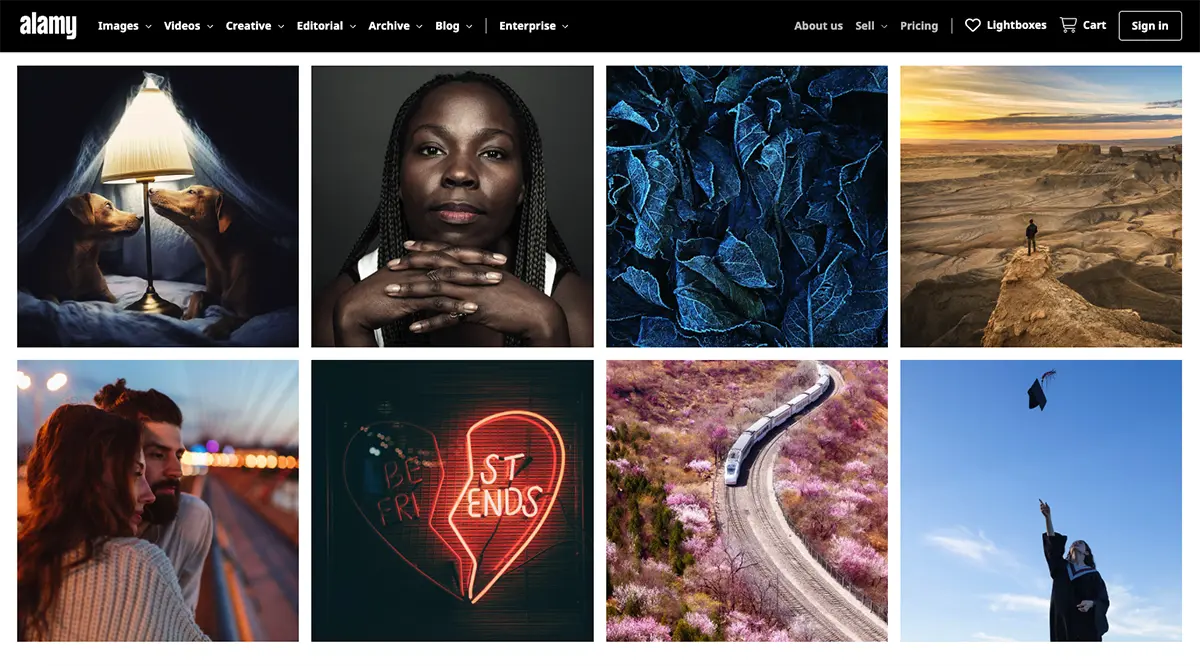
Alamy is a leading stock photography platform recognized for its vast and diverse collection of images, which include stock photos, panoramic shots, vectors, and videos.
One of its standout features is the non-exclusive agreement it offers photographers, allowing them the flexibility to sell their photos on multiple platforms while still earning competitive commissions on Alamy.
For non-exclusive contributors, the platform offers up to 40% commission on each sale, and for those who opt for exclusive rights, this figure can go up to 50%. This generous commission structure is among the highest in the stock photography industry, making it an attractive choice for photographers looking to maximize earnings.
3. Shutterstock
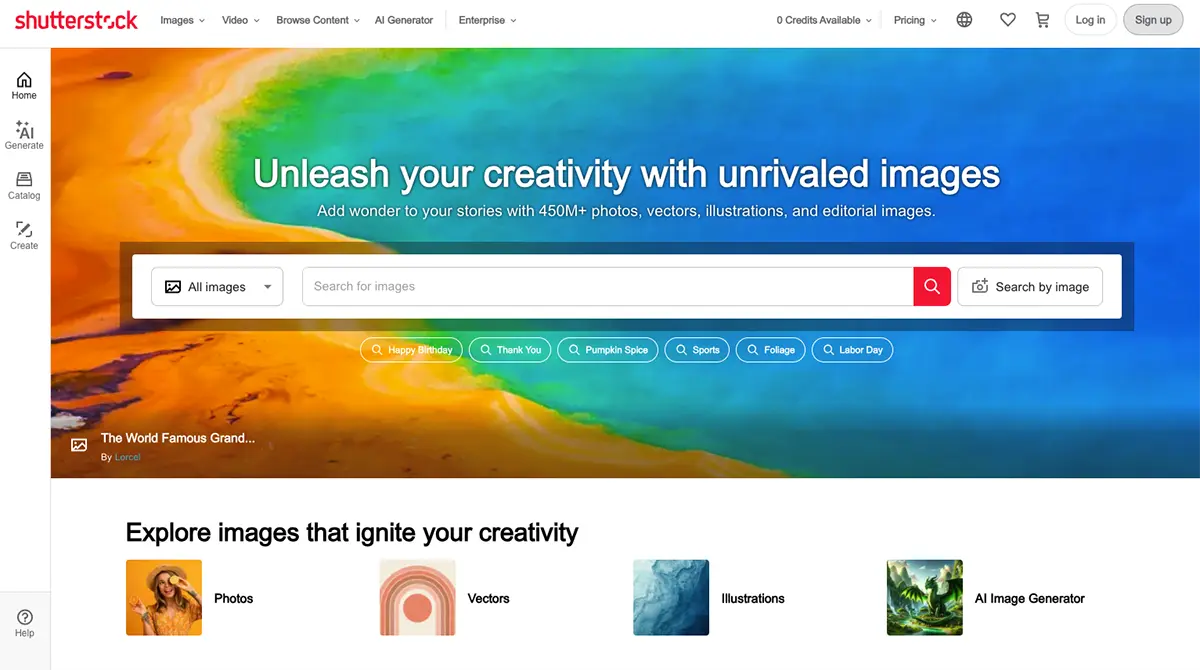
Shutterstock is one of the most prominent stock photo platforms globally, providing photographers with an extensive marketplace to sell their images.
To list your photos, you must have full ownership or copyright and provide release forms for any identifiable models, private property, artwork, or trademarks. Although photographers retain ownership of their work, they enter into an agreement granting Shutterstock the right to license their images to customers.
One of the platform’s key advantages is its tiered royalty structure, where contributors can earn between 15% and 40% in royalties based on their overall sales performance. This incentivizes photographers to build and maintain a substantial portfolio.
Shutterstock also offers a dedicated contributor app, making it easy to track sales, upload images, and manage submissions on the go, adding convenience for busy photographers.
4. 500px

500px is a dynamic platform that blends social networking with a marketplace for photographers, providing a unique space to both showcase and sell your work.
The platform offers two primary revenue streams: licensing your images through the 500px Marketplace or creating distribution partnerships with major players like Getty Images and VCG (Visual China Group).
Photographers benefit from a generous royalty structure, receiving 60% of the sale price for exclusive photos and 30% for non-exclusive photos. For those willing to sell their images exclusively, 500px becomes a particularly lucrative option, rewarding contributors with higher earnings.
500px also offers free and paid membership plans, with paid options starting at $5 per month that unlock features like unlimited uploads and advanced statistics.
5. Adobe Stock
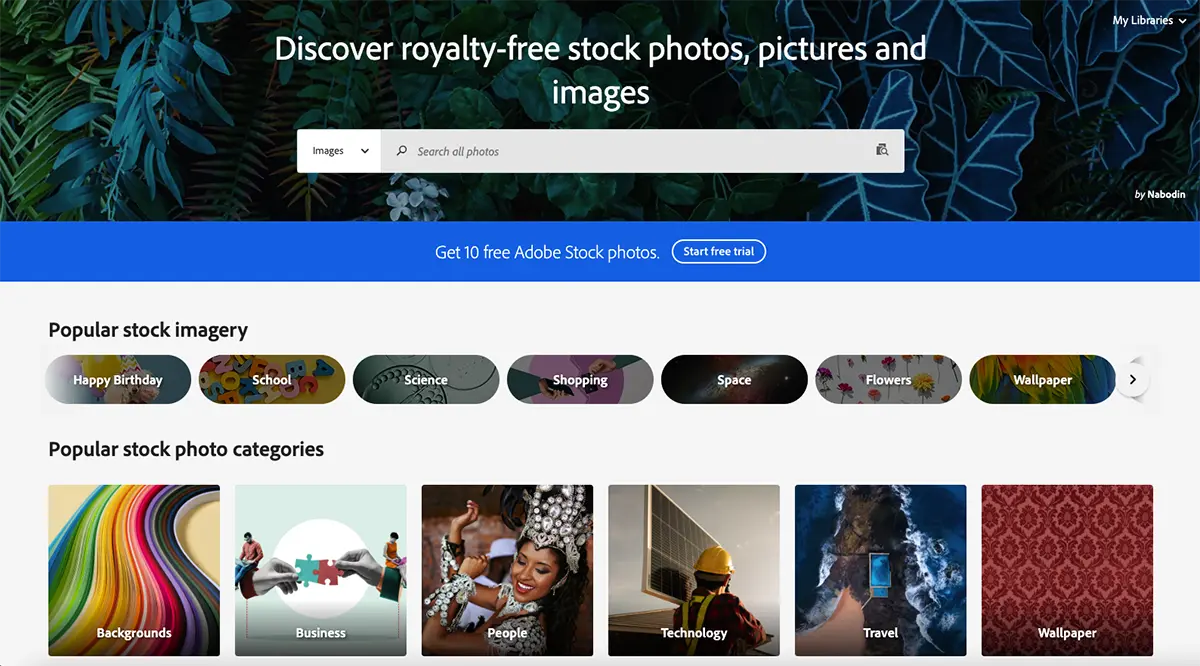
Adobe Stock integrates seamlessly with Adobe programs like Photoshop and Lightroom, making it an ideal platform for photographers who already use Adobe software.
Photographers can earn 33% on image sales, a competitive rate within the stock photography market. Royalties are only available for withdrawal after reaching $25, and payment is processed 45 days after the first sale, which helps ensure consistent financial planning for contributors.
Adobe Stock’s integration into the larger Adobe ecosystem also means that your images are accessible to millions of Adobe users worldwide, boosting visibility and increasing the likelihood of sales.
However, all content uploaded to Adobe Stock undergoes a rigorous review process to ensure high quality, legal compliance, and commercial value. Photographers must also provide signed model or property releases where applicable.
6. Getty Images
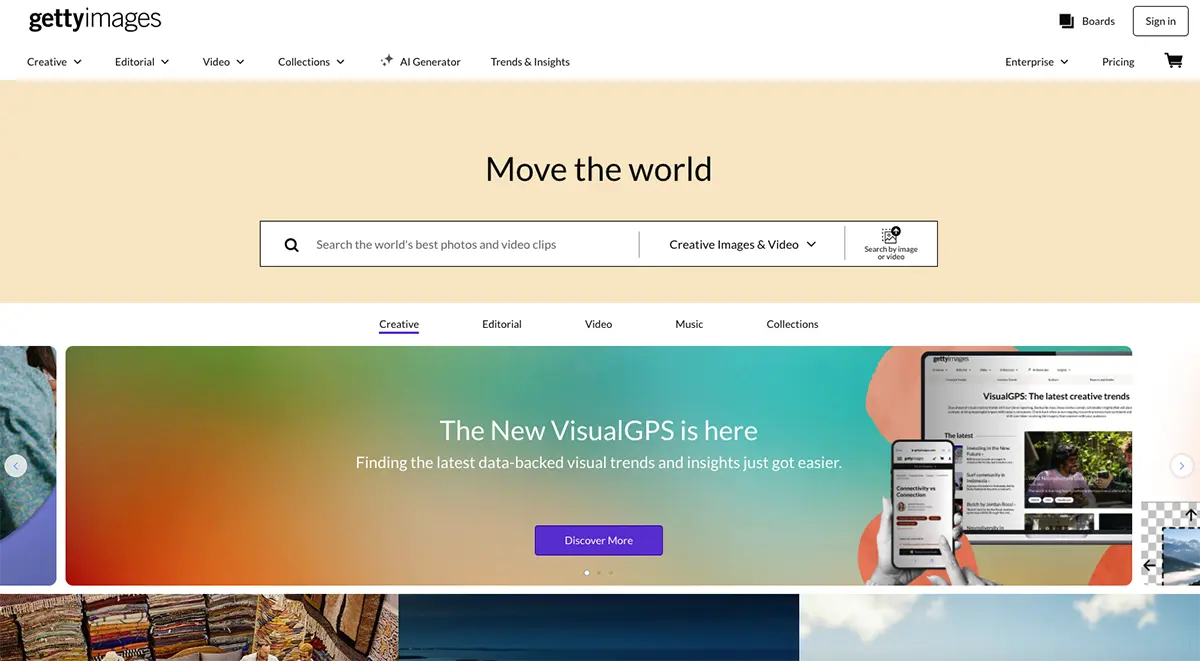
Getty Images is a premier platform for photographers looking to sell high-quality, premium stock photos and videos. Known for its rigorous selection process, Getty Images is ideal for professionals who excel in editorial, commercial, or artistic photography.
Photographers can earn royalties ranging from 20% to 45%, with opportunities for even higher commissions if they become exclusive contributors. With over 800,000 users, the platform provides a vast audience for your work, giving your content significant exposure.
To join, photographers must first apply through Getty's app by submitting original content. Once accepted, your photos can be featured on both Getty Images and iStock, enhancing your chances of sales.
While competition is fierce, and it may take time to generate significant income, Getty Images remains a lucrative option for photographers aiming to reach a global audience and maximize earnings in the stock photo industry.
7. iStock Photo

iStock Photo, owned by Getty Images, is an excellent platform for photographers looking to sell stock photos to a broad audience. Known for its accessibility, the platform caters to both premium and budget-friendly content, making it ideal for photographers with a range of styles and specialties.
iStock operates on a tiered royalty system, offering non-exclusive contributors between 15% and 20% per sale, while exclusive contributors can earn up to 45%. Exclusive contributors benefit from higher royalties and greater visibility through iStock's marketing efforts, making it a great option for those looking to maximize their earnings.
8. Stocksy
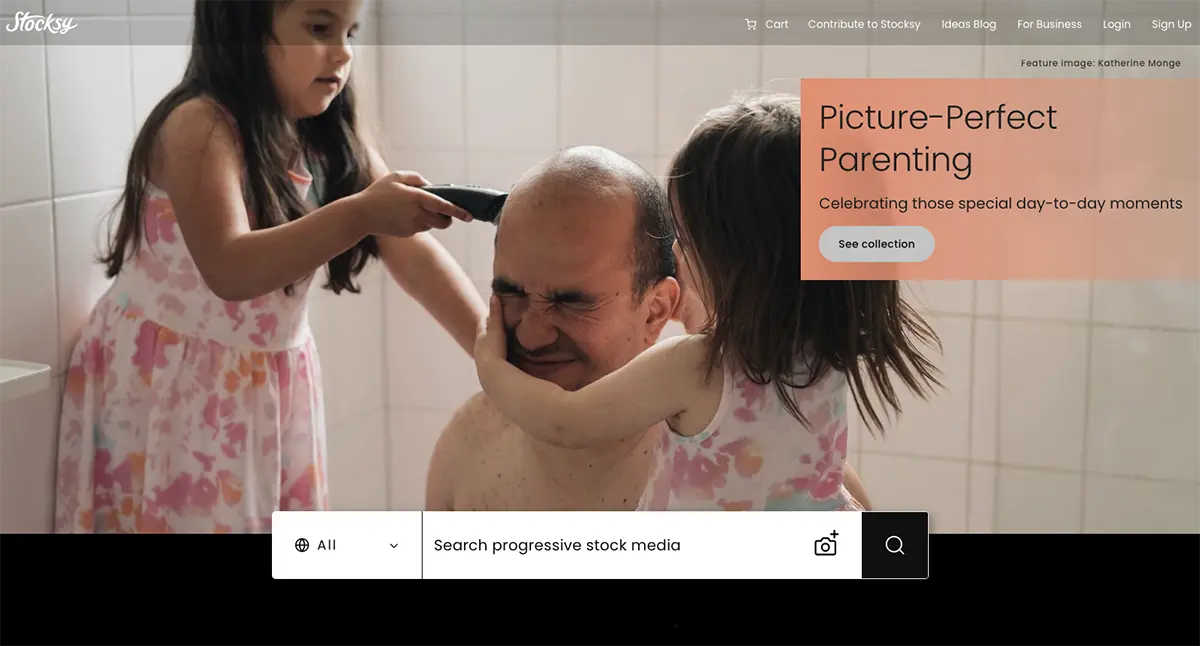
Known for its carefully curated collection, Stocksy focuses on high-quality, creative, and artistic photography, making it ideal for photographers who want their work to stand out in a competitive marketplace.
Contributors benefit from some of the most competitive royalty rates in the industry, earning 50% on standard licenses and 75% on extended licenses, with all photos required to be exclusive to the platform.
Stocky’s unique profit structure not only empowers photographers by giving them a say in the company’s direction but also offers profit-sharing opportunities when the cooperative experiences surplus revenue.
This makes Stocksy an appealing choice for photographers who want to be rewarded both financially and creatively. They contribute to a platform that values their artistic vision and provides a supportive community-driven environment.
Joining iStock is free—after submitting a portfolio for review, accepted photographers can begin uploading and selling photos without any upfront costs. This makes iStock particularly appealing for creatives who want to showcase and sell their work on a platform designed by and for artists.
9. Envato Elements

Envato Elements is part of the larger Envato Market ecosystem. It offers a unique subscription-based model for selling stock photos, graphics, and other creative assets.
Rather than earning a set royalty per sale, photographers and creators on Envato Elements receive a share of the platform’s total subscription revenue.
This share is determined by the number of times their images or assets are downloaded, making it a potentially lucrative option for those who consistently produce in-demand content.
Envato Elements is especially popular among creators who use programs like Photoshop, Premiere Pro, and After Effects, as the platform’s vast content library—including stock photos, video templates, and graphic elements—integrates seamlessly into these Adobe programs.
10. Picfair
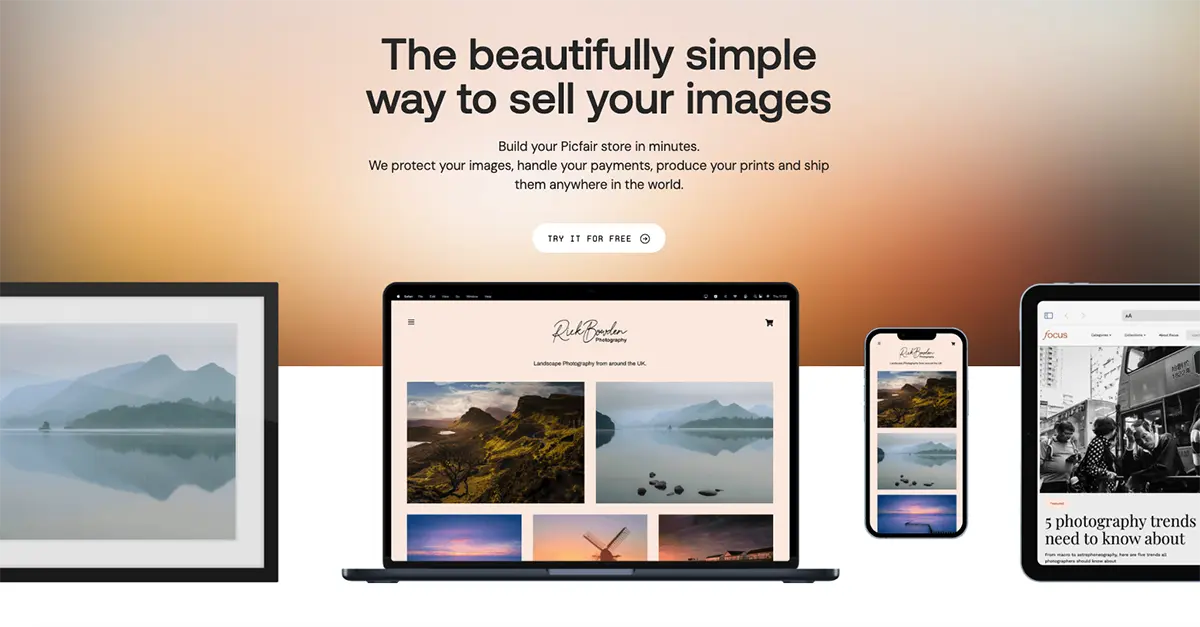
Unlike many other stock photo websites where pricing is standardized, Picfair gives photographers full control over their earnings by allowing them to set their own prices for both digital downloads and physical prints.
The platform simply adds a transparent fee to the photographer’s set price, which is clearly visible to buyers, ensuring there are no hidden costs. This approach makes Picfair ideal for photographers who want greater flexibility in pricing and licensing their work.
In addition to handling payments, Picfair also handles print production, shipping, and digital licensing, streamlining the entire selling process for photographers. Setting up a store on Picfair is easy and affordable, starting at just $5 per month and billed annually.
This fee unlocks a custom storefront, giving photographers a professional space to showcase their work while retaining full control over their portfolio and earnings.
Best Methods to Sell Your Photography
In addition to selling stock photos on an online platform, you can monetize your photography by offering services or taking advantage of ecommerce platforms that allow you to sell directly to your fans online. Here are some great routes to consider:
Print-on-Demand Services
Print-on-demand services like Fourthwall and Printful offer photographers a hassle-free way to sell their work as physical prints. By using these platforms, photographers can turn their images into high-quality prints on products such as canvases, posters, and even apparel without the need to manage inventory or logistics.
When a customer places an order, these services handle the entire process—from printing and packaging to shipping—ensuring that your photography reaches buyers in a professional and timely manner. This allows photographers to focus on the creative aspect of their work while still offering a physical product to their audience, providing a seamless way to monetize their art.
Photo Book Creation
Creating and selling custom photo books is a unique and engaging way to showcase your photography. Using platforms like Blurb or design software like Adobe InDesign, you can craft professional, high-quality books that tell a story through your images.
Photobooks allow for a cohesive presentation of your work, making them perfect for themed collections such as weddings, travel photography, nature, or even personalized family albums. These books are particularly appealing as keepsakes or gifts, offering buyers a tangible product that captures special moments or artistic expressions.
Cater to Niche Markets
Catering to niche markets allows photographers to tap into specialized areas that often demand unique skills and can lead to more profitable opportunities.
For instance, real estate photography requires expertise in capturing properties with precision, making spaces look appealing to potential buyers or renters. Food photography is another niche where lighting and presentation are crucial, especially for restaurants, cookbooks, or food blogs.
Portrait photography, whether for professional headshots or family portraits, relies on an understanding of lighting, angles, and personal connection to create flattering, memorable images. By targeting these niche markets, photographers can position themselves as experts in a specific field, allowing them to command higher rates and build a loyal client base.
Build a Client Base
Building a loyal client base is essential for long-term success in photography. Start by actively networking within your target market, whether through social media, local events, or photography forums.
Developing strong relationships with potential clients and fellow photographers can significantly broaden your professional horizons. By collaborating with fellow photographers, you can introduce potential clients who might want to work with you down the road. This will help build a word-of-mouth reputation for your skills and create a ripple effect of referrals.
Remember, consistently delivering high-quality work and offering exceptional customer service are key factors in retaining clients and ensuring they return for future projects.
Start Selling Photos Online with Fourthwall!
Start selling your photos online with Fourthwall, the ultimate platform for photographers looking to build a direct-to-consumer business.
Fourthwall empowers you to sell your photos directly to your audience, allowing you to keep more of your profits compared to traditional stock photo sites.
With its intuitive tools, you can easily create a personalized shop to sell digital or personalized prints on canvas, posters, or other accessories while handling transactions seamlessly.
Whether you’re a professional photographer or a hobbyist, Fourthwall makes it simple to showcase and sell your work. Sign up today and take control of your photography business with Fourthwall!
















